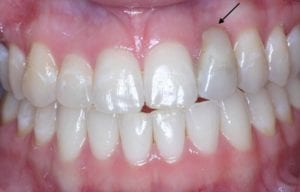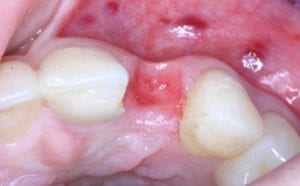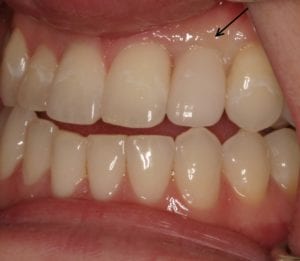Deformities in the upper or lower jaw can leave you with inadequate bone in which to place dental implants. These defects may be caused by bone loss from or following the extraction of a tooth, periodontal disease, wearing dentures, developmental defects, injury or trauma. Not only do these deformities cause problems in placing dental implants, but they can also cause unattractive indentations in the jawline near implant restorations. These indentations may be difficult to clean and maintain.
To correct the problem, the gum is lifted away from the ridge to expose the bony defect. The defect is then filled with bone, or bone substitute, to build up the ridge. Our doctors will explain the graft options prior to the procedure. The graft options are based on the extent and location of the defect and will be presented to you during the consultation, such as SMART grafting. Once the graft is secure and contained, the incision is closed and healing is allowed to take place. Depending on your individual needs, the bone will usually be allowed to develop for about four to six months before implants are placed. In some cases, the implants can be placed at the same time the ridge is modified.
Patient Story
The young girl in this series of photos lost one of her incisors years ago. The loss of the tooth combined with wearing a removable partial denture resulted in bone and soft tissue loss. Because of this, her replacement tooth looked too tall when she smiled. Once she was old enough to consider a dental implant, our doctors rebuilt her bone with a ridge augmentation procedure so that the final implant crown looked much more natural.


